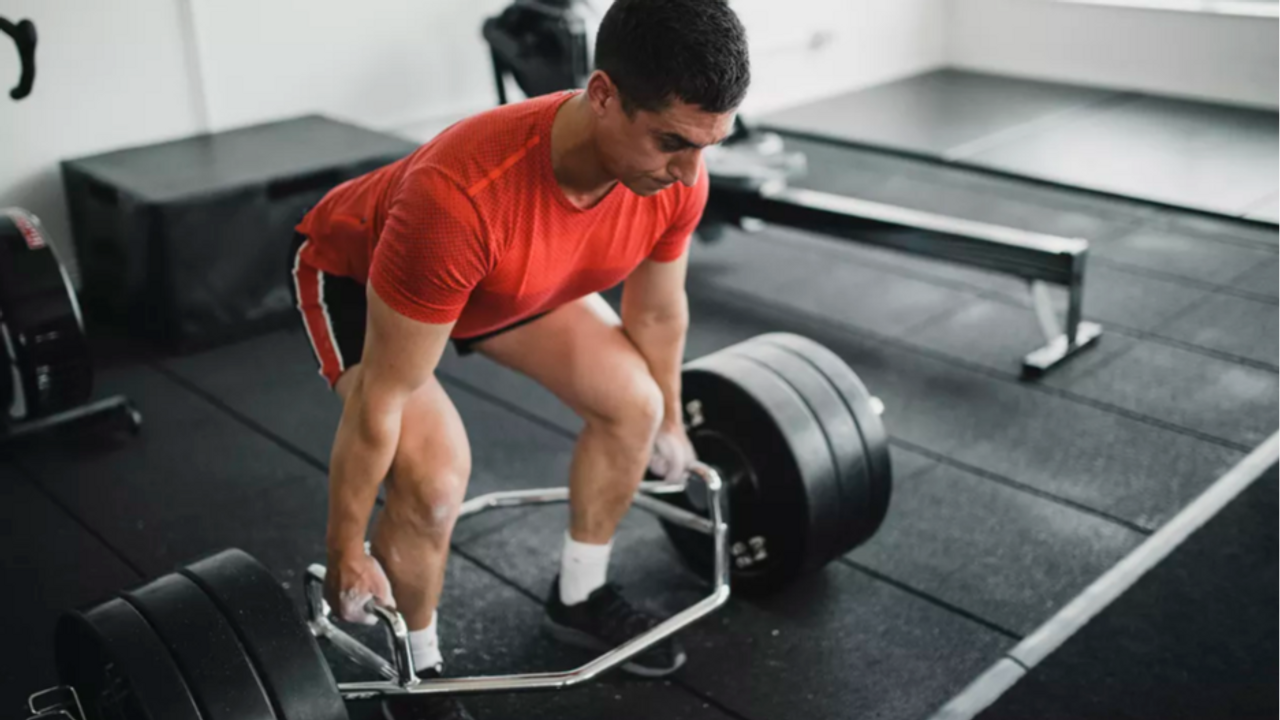Do You Even Pull?
Jul 14, 2022
So here we are, to wrap up our series on pushing and pulling, we are finishing off with pulling using the lower body. This leaves us with some of the most technical exercises of our push and pull series and ultimately could make it the most controversial as well. Pulling with our lower body has many characteristics to the upper body portion which allows us a lot of exercises to use for accessory lifts to assist in upper and lower body function and performance.
The main exercise for lower body pulling as you may have guessed is the ‘deadlift’. This may excite you or it could give you a little anxiety depending on your past movement history and current performance level. The deadlift is nothing more than the ability to pick something of the ground. It could be a simple task of picking up a child to a bag of mulch to do some landscaping. It fits right in with basic primal patterns of crawling, running, and jumping.
The task of taking the basic life skills and building upon them can make us more durable and highly functional. If these basics are taken away from our program and life, we can lose functionality as well as overall performance and movement health. It is commonly misunderstood in many ways that leads to a fear and neglect of this exercise and ones like it.
Pulling of the lower body stands alone with increasing overall strength head to toe, increasing athletic performance, protecting the spine and make sure function is at a high priority to name a few. Because the mechanics and positioning of the hips relative to the torso, it is easier to handle heavier loads. This is another reason why this exercise is put into most programs for athletes. It’s a great way to recruit your nervous system and overall output as well as strength and power. The deadlift and lower body pulling exercises are the first skills to learn and perfect before moving into Olympic lifts as well as more advanced barbell training.
While the deadlift is simple in nature, to perform well and with high loads, it is a very technical skill. The movement involves high levels of motor control with body awareness throughout. With that in mind, it is the prerequisite to, and component of, ‘the world’s fastest lift, ‘ the snatch and ‘the world’s most powerful lift’ the clean.
It does not matter your goal, the deadlift can be injected into any program with proper coaching and guidance and assist in ‘revving up’ your metabolism, to increasing strength and lean mass to decreasing body fat to rehabilitating your back and maintaining functionality into your senior years. As the saying goes, ‘maintain your squat, train your deadlift.’ Ergonomically we can position ourselves safer to lift and advance our individual training with a deadlift then a squat. The saying references the squat in the manner of maintaining our mobility and functionality in a deep, compressed body position.
The guiding principles for proper form and technique stay the same with maintaining orthopedic safety, functionality and mechanical advantage. Anyone can perform a deadlift pattern but some are safer or set up better for certain populations. The traditional deadlift works with some of the same assessments we performed for squatting and our lower body push.
First make sure that you can perform a proper hip hinge with neutral spine. You should be able to get to 90 degrees forward fold with flat back to do a traditional barbell deadlift. If you are restricted for any reason, you can use a top down approach by using a Romanian deadlift variation and limiting your range of motion on the down phase. You could also use a elevated handle trap bar or a wider stance to set-up a better position to pull from with limited mobility.
Use some of the exercises we addressed for the lower body push. These will help set-up your trunk and hips for better mobility and motor control. Try the below exercises to help recruit and set-up for the lower body pulling exercises.
These exercises will help with lock out as well as keeping the bar close to the body as you perform the lift.
- Kneeling Band/Cable Shoulder Elevation and Depressions
- Elevated Bridge
These exercises will help you dial in the pulling patterns. It will help you keep the upper back engaged throughout the movement. The transition from lock out to hinging is critical as the pelvis should stay neutral and not extend into an anterior pelvic tilt, very common movement fault.
- Hip Hinge with Band/Cable Pull Through
- Deadlift with Bar and Band Lat Pull
- Deadlift with Trap Bar Pull
Proper form in lower body pulling exercises, especially deadlifts, are many times overlooked and can be one of the main contributors to hip and lower back pain as well as movement dysfunction. If you would like more information or to see how our team of PTs and coaches can help you break down movements and exercises, give us a call us at (760) 301-6566 or message us to schedule a complimentary discovery session. We can give you a new outlook of focusing your training on tasks, which gives a variety of movements with advancing complexity to build your skill, resiliency, and efficiency as you train.
